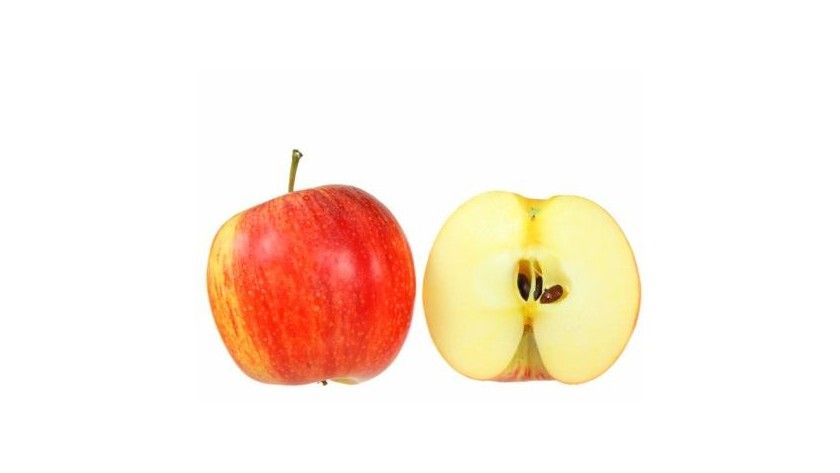
“Apples, Clogs, and Pottery: Parees Festival Highlights Asturian Traditions and Culture”

**Apples, Clogs, and Pottery: Parees Festival Highlights Asturian Heritage and Culture**
The northern region of Spain, characterized by its stunning landscapes, rugged shorelines, and lush mountains, boasts a profound cultural and artistic legacy. A significant part of this heritage can be found in the autonomous community of Asturias, where myths, customs, craftsmanship, and folklore converge. Annually, the Parees Festival celebrates this unique cultural treasure, inviting both locals and visitors to honor the region’s history while valuing the timeless aspects that define Asturian culture.
A carefully planned festival, Parees — which translates to “walls” in Asturian — symbolizes a gathering that links the past with the present, welcoming artisans and performers from various fields to display the finest aspects of Asturias. Three key symbols associated with this festival stand out: apples, clogs, and pottery — each steeped in narratives of tradition, skill, and regional pride.
### Apples: More Than Just a Fruit
No discussion of Asturian culture would be thorough without mentioning apples. As the region responsible for producing some of Spain’s premium cider (known as **sidra**), Asturias is closely linked to this sweet, bubbly drink. The area’s abundant orchards have supplied generations with apples, not merely as sustenance but as an embodiment of the land and its cycles.
During Parees, apples take the spotlight. The cider houses, or **llagares**, welcome visitors, offering tastings of freshly pressed apple juice and sparkling **sidra natural**. The festival frequently features traditional **espichas**, lively gatherings where cider flows generously, accompanied by folk music and the rhythmic sound of clogs tapping on the ground. The age-old practice of pouring cider from a notable height, known as **escanciar**, is showcased extensively throughout the festival, often with competitions for both tourists and locals to demonstrate their talents.
The apple harvest is a vital aspect of Asturian life, and the festival illustrates the region’s profound respect for **manzana de Asturias**, the protected designation awarded to local apples. Attendees discover the rich diversity of apples in Asturias, often surprised to learn that Asturian orchards are home to over 200 varieties.
### Clogs: Footsteps through History
While apples symbolize sustenance and agriculture, the Asturian clog, or **madreña**, embodies the blend of craftsmanship and utility. Made from locally sourced timber, madreñas have been utilized in Asturias for centuries. These distinctive wooden shoes, elevated with three pegs, are crafted to enable individuals to navigate the damp, muddy terrain of the region, keeping their feet dry and secure. In mountainous villages where rainfall is common, madreñas have been crucial for everyday life.
At the Parees Festival, clog-making transcends a mere showcase. The craft of **madreñería**, handed down through generations, thrives, visible in the skilled hands of master artisans who meticulously carve these necessary shoes by hand. Visitors can observe live demonstrations as artisans adeptly transform wooden blocks into beautifully designed madreñas, maintaining techniques that date back centuries.
The rhythmic tapping of these wooden clogs has likewise integrated beautifully into Asturian folk dance. Groups of dancers, adorned in traditional attire, perform routines designed to emphasize not only the region’s music but also the distinctive percussion created by madreñas striking the floor. The clog’s modest beginnings, born of practicality, have evolved into an expressive element in traditional dance.
### Pottery: Crafting with Earth and Fire
Asturian pottery traces its roots back to Roman times and has become one of the defining symbols of this mountainous area, serving various functions from everyday tools to ornamental art. The region’s hallmark clay type, **cerámica negra**, or black pottery, is distinctive for its glossy black surface, achieved through a specific firing method.
The Parees Festival allows guests to delve into this ancient craft through both historical and modern perspectives. Master potters exhibit their creations in ceramic showcases, often reenacting the kiln-firing procedure for festival attendees to witness. Special workshops enable participants to craft small clay items themselves, with expert assistance.
Beyond its practical uses, pottery in Asturias is deeply connected to the land, as the clay is harvested from the fertile banks of local rivers. Throughout Parees, mud and clay appear to flow as freely as cider, uniting artisans and nature enthusiasts in the serene, reflective practice of shaping earthenware.
### The Modern Relevance of Parees
Although the essence of the Parees Festival is heavily rooted in traditional Asturian art, craft, and agriculture, it is far from being solely a retrospective affair. Over the